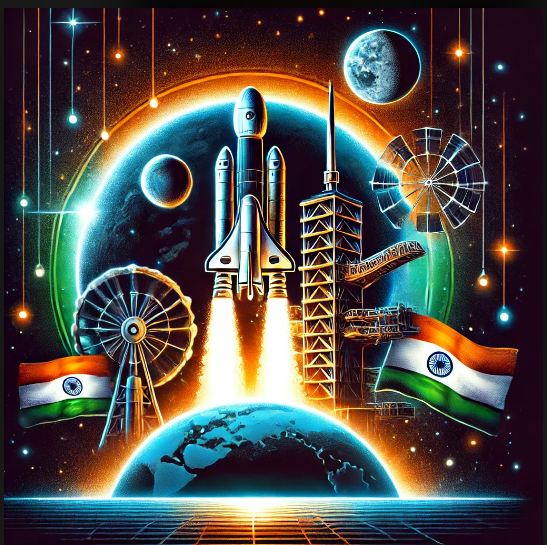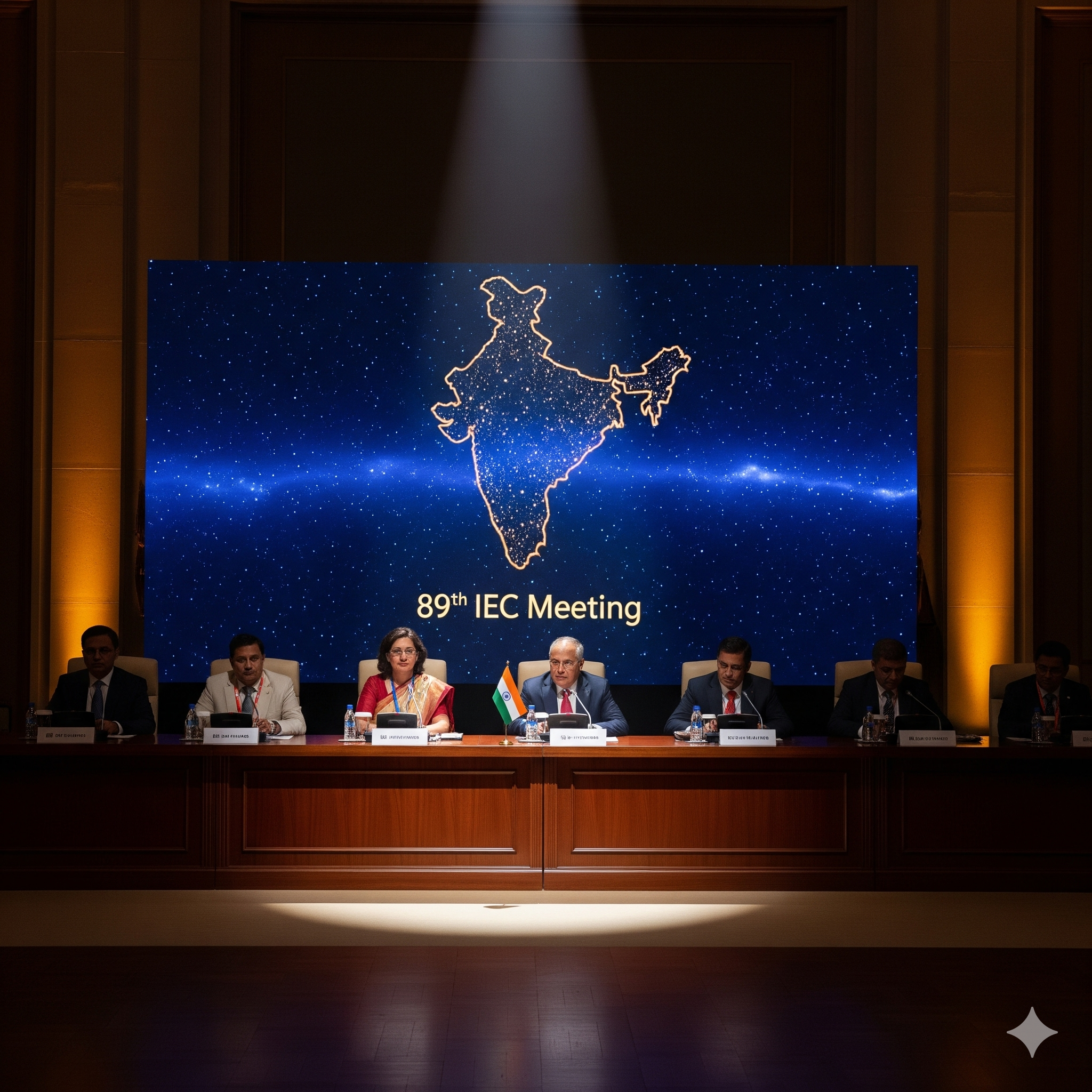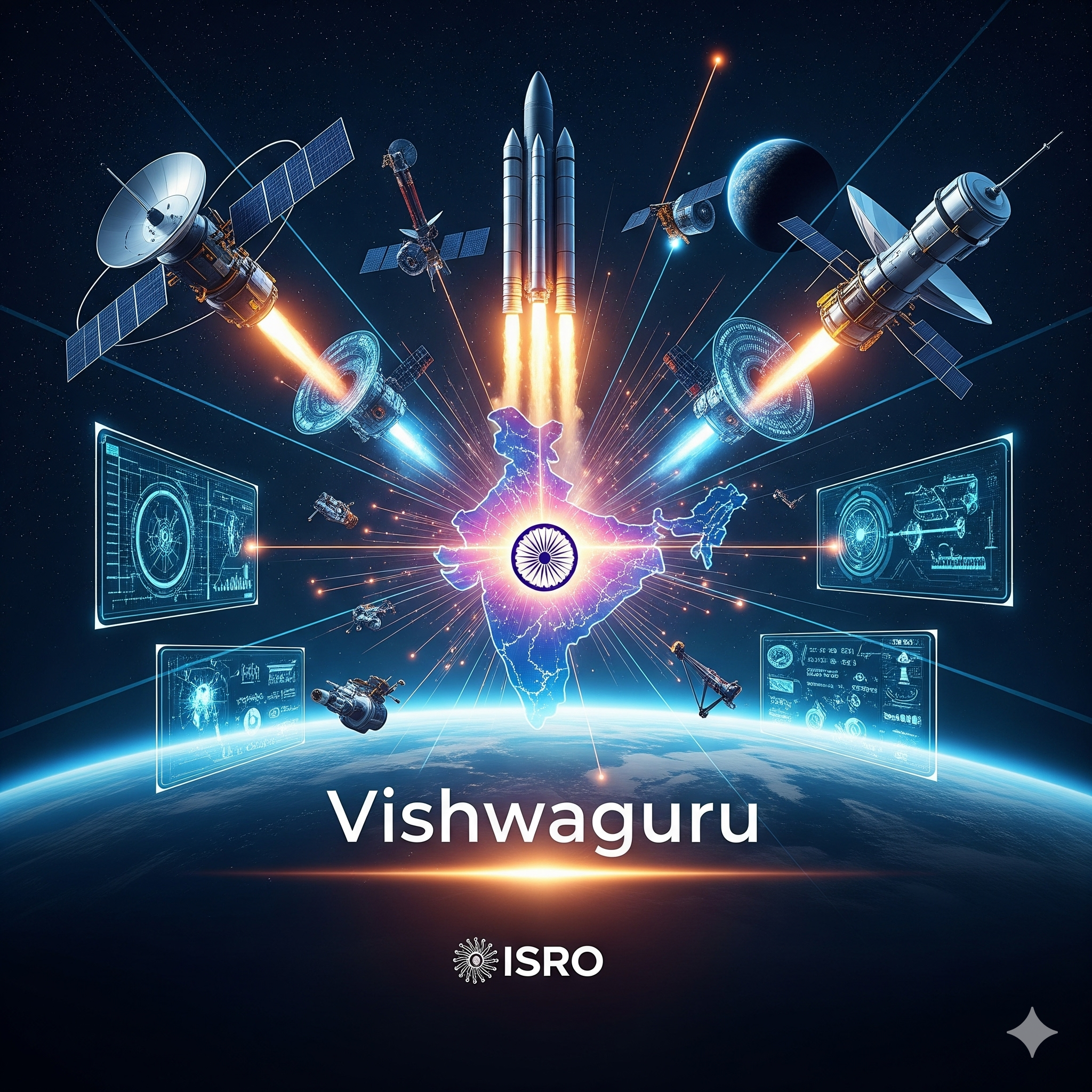Space science has revolutionized human understanding of the universe, providing insights into the origins of celestial bodies, the dynamics of planetary systems, and the vastness of the cosmos. India, as a significant player in the global space community, has made remarkable strides in the field of space science, showcasing its commitment to technological innovation and scientific discovery.
The Evolution of Space Science in India
India’s journey in space science began in the early 1960s with the establishment of the Indian National Committee for Space Research (INCOSPAR) under the visionary leadership of Dr. Vikram Sarabhai, often referred to as the father of the Indian space program. With limited resources but immense determination, INCOSPAR initiated India’s foray into space research. The launch of the first sounding rocket from Thumba in 1963 marked the humble beginning of what would later become the Indian Space Research Organisation (ISRO) in 1969.
The space program’s early objectives focused on harnessing space technology for the socio-economic development of the country. This vision led to the development of satellites for communication, meteorology, and education, laying the foundation for India’s self-reliance in space technology.
Key Milestones in India’s Space Journey
- Aryabhata (1975): India’s first satellite, Aryabhata, was launched in 1975. Although developed indigenously, it was launched aboard a Soviet rocket. Aryabhata marked India’s entry into the realm of satellite technology and provided valuable experience for future endeavors.
- Rohini Satellite Series (1980): The Rohini series was notable for the launch of satellites using India’s first satellite launch vehicle (SLV-3). This achievement established India as a spacefaring nation capable of indigenous launch capabilities.
- Chandrayaan-1 (2008): India’s first lunar mission, Chandrayaan-1, was a major milestone in space exploration. The mission confirmed the presence of water molecules on the Moon, a discovery that garnered international acclaim.
- Mangalyaan (2013): The Mars Orbiter Mission (MOM), or Mangalyaan, placed India among the elite group of nations that have reached Mars. Notably, it was achieved at a fraction of the cost of similar missions, showcasing India’s ability to innovate on a budget.
- Chandrayaan-2 and Chandrayaan-3 (2019 & 2023): Chandrayaan-2 aimed to explore the Moon’s south pole. Although its lander experienced challenges during descent, the orbiter continues to provide valuable data. Chandrayaan-3’s successful soft landing reinforced India’s capability in lunar exploration.
- Gaganyaan Mission (Upcoming): India’s ambitious human spaceflight program, Gaganyaan, aims to send astronauts into orbit. This mission will mark a new chapter in India’s space endeavors.
India’s Space Capabilities
- Satellite Development: India has developed a diverse range of satellites, including communication satellites (INSAT series), remote sensing satellites (IRS series), and navigation satellites (NavIC). These satellites serve purposes such as disaster management, agriculture, urban planning, and national security.
- Launch Vehicles: ISRO’s Polar Satellite Launch Vehicle (PSLV) and Geosynchronous Satellite Launch Vehicle (GSLV) have become reliable workhorses for launching satellites. The PSLV, in particular, has been instrumental in launching satellites for both domestic and international clients.
- International Collaborations: India collaborates with global space agencies like NASA, ESA, and JAXA for joint research and development. These partnerships enhance technological exchange and foster mutual learning.
- Commercial Space Services: The establishment of Antrix Corporation and the recent formation of the Indian National Space Promotion and Authorization Center (IN-SPACe) have enabled India to commercialize its space assets. India has emerged as a preferred destination for cost-effective satellite launches.
Contributions of Indian Space Science
- Socio-Economic Development: India’s space program addresses critical societal challenges. Communication satellites bridge the digital divide, remote sensing satellites support agriculture and water management, and navigation systems aid transportation and disaster management.
- Scientific Discoveries: Missions like Chandrayaan and Mangalyaan contribute to humanity’s understanding of celestial bodies, fostering global scientific knowledge.
- Global Impact: India’s low-cost, efficient space missions have inspired developing nations, proving that scientific excellence is achievable without exorbitant budgets.
- Education and Outreach: ISRO actively engages in education and public outreach, inspiring young minds to pursue careers in science and technology.
Challenges and the Way Forward
Despite its achievements, India’s space program faces challenges such as limited budget allocation, technological dependence in certain areas, and the need for enhanced infrastructure. Addressing these challenges requires strategic investments in research, fostering public-private partnerships, and nurturing a skilled workforce.
As the space sector evolves, India must focus on emerging areas like space mining, planetary defense, and interplanetary missions. Strengthening international collaborations and fostering private sector participation will also be crucial.
Conclusion
India’s journey in space science exemplifies resilience, innovation, and a commitment to progress. From launching sounding rockets to exploring the Moon and Mars, India has demonstrated that a vision grounded in societal benefit can drive technological advancements. As the nation looks to the stars, its endeavors will not only enhance human understanding of the cosmos but also serve as a beacon of inspiration for the global scientific community.




